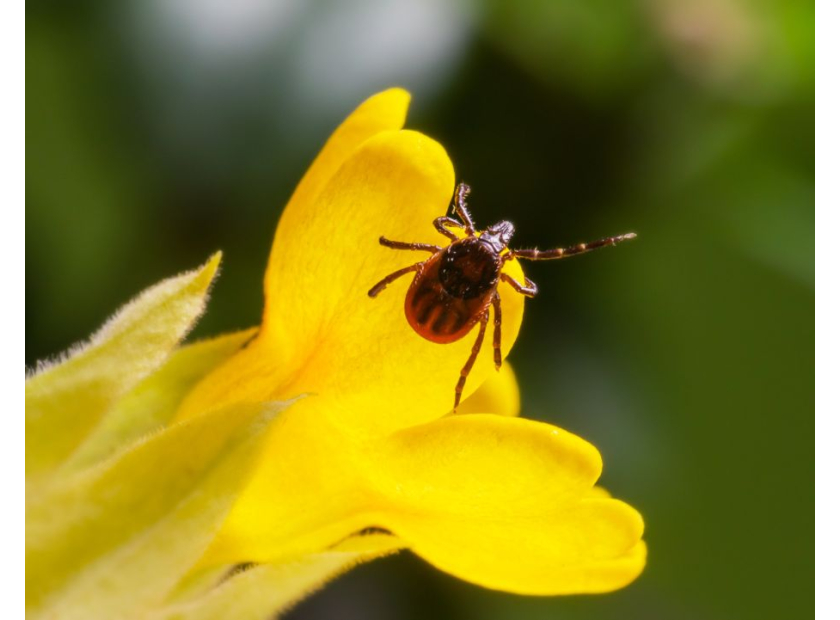The Tick-Borne Powassan Virus
More deadly than Lyme Disease...
In 1958, a five-year-old boy from Powassan, Ontario, Canada presented to a children’s hospital complaining of dizziness; his parents also described tremors of his left arm. Electroencephalogram readings showed a widespread disturbance in the patient’s brain. The patient’s condition began to rapidly decline, and within six days he died.
Portions of the patient’s brain were prepared into suspensions and inoculated into mice. A new virus was isolated from the brains of the inoculated mice and was designated as the Powassan Virus, after the patient’s hometown.(1)
Today, we know Powassan virus is a rare Flavivirus that utilizes multiple species of ticks as vectors. In the United States, Powassan virus is endemic to the northeastern states and the Great Lakes region.(2) The true geographic distribution of Powassan virus is not well known due to underdiagnoses of human cases. However, cases have been reported as far west as California.
According to the CDC, approximately one in ten cases of severe Powassan virus infection are fatal. Infection with Powassan virus has been shown to occur in as little as 15 minutes after a tick bite.(3) The virus can cause severe symptoms including confusion, loss of coordination, and seizures.(4) Although some infections are asymptomatic, the disease often progresses rapidly into encephalitis or meningitis that is far worse than Lyme Disease.

From 1999 to 2016, only 98 cases of Powassan virus were reported—however, some experts believe the virus may be encountered with higher frequency due to ecological changes.(3) In the past, Powassan virus typically infected a species of tick that was not widely reported to bite humans. Recently, the virus infects the deer tick, which more commonly bites humans. The deer tick has a wide geographic distribution, increasing the chance of infection for much of the population.
“The Powassan virus is rarely diagnosed as a cause of encephalitis, however when it is, Powassan encephalitis is severe, and neurologic sequelae are common. Powassan encephalitis has symptoms that are compatible with acute disseminated encephalomyelitis, oftentimes making it difficult to diagnose. Powassan virus encephalitis is a challenge to diagnose because there are only a few laboratories that offer testing, the most effective being serologic testing.(6)
Prevention of Powassan virus is crucial because no treatment exists, and availability of testing is scarce.(3) The CDC recommends using common insecticides such as DEET and checking for tick bites after exploring potentially infested areas.(5) Next time you take a trip outdoors, remember to factor in protection from tick bites; these vectors for disease can be much more than just a nuisance.
By Manuel Escalera
Performance Studies Technician
HARDY DIAGNOSTICS







